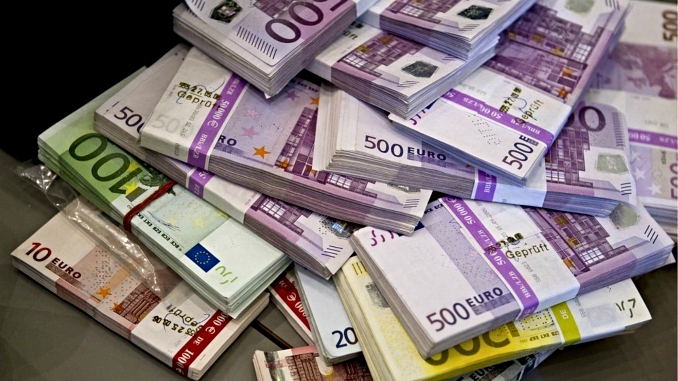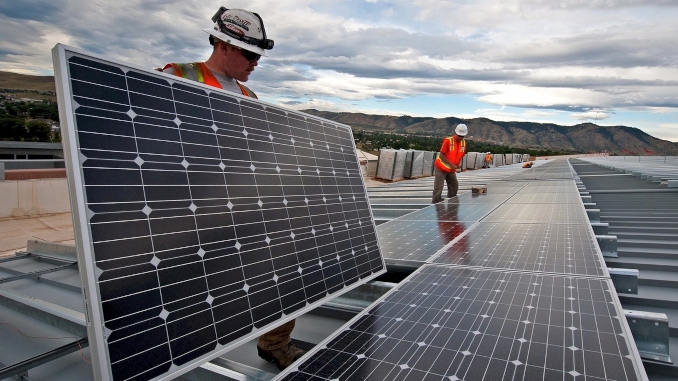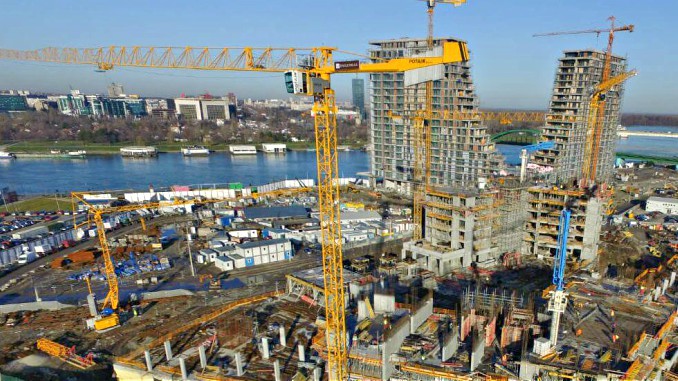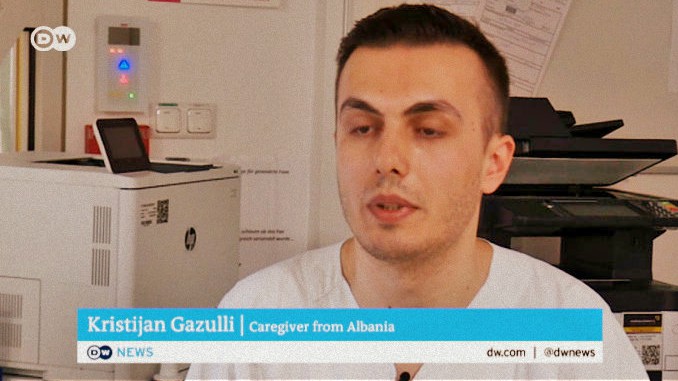Growth Continues in Albania as Employment Improves in the Region Says World Bank

TIRANA, September 27 – The World Bank says that growth is projected to improve in 2016 in Albania, leading the way for increased employment and poverty reduction, according to the latest Southeast Europe Regular Economic Report (SEERER).
Growth is projected at 3.2 percent in 2016, up from 2.8 percent in 2015, and is forecasted to reach 3.5 percent by 2018. Economic growth at the regional level is expected to reach 2.7 percent in 2016, up from 2.2 percent in 2015. An acceleration of this growth is also expected to continue through 2017 and 2018.
| 2015 | 2016f | 2017f | 2018f | |
| Real GDP growth (percent) | ||||
| Albania | 2.8 | 3.2 | 3.5 | 3.5 |
| Bosnia and Herzegovina | 3.0 | 2.8 | 3.2 | 3.7 |
| Kosovo | 3.9 | 3.6 | 3.9 | 3.7 |
| Macedonia, FYR | 3.7 | 2.0 | 3.3 | 3.7 |
| Montenegro | 3.2 | 3.2 | 3.6 | 3.0 |
| Serbia | 0.7 | 2.5 | 2.8 | 3.5 |
| SEE6 | 2.2 | 2.7 | 3.2 | 3.6 |
This accelerating growth is helping improve employment in Albania and is working to drive down poverty in the region, notes the report. Unemployment declined. Employment was 6.7 percent in Albania in the first half of 2016, thanks to growth and labor market reforms.
“Underpinning this growth was Serbia, the region’s largest economy, which moved from 0.7 percent growth last year to an expected 2.5 percent this year,” says Barbara Cunha, World Bank’s Senior Economist and lead author of the report.
“Other economies in the region are expected to maintain growth of between 2.8 and 3.6 percent, with the exception of FYR Macedonia which experienced a slowdown relative to strong growth last year.”
“Countries with strong reform programs have seen a rise in investment which became a solid driver of growth in the first half of 2016, with remarkable contributions of private investment to growth in Serbia and Albania,” says Katia Vostroknutova, World Bank’s Lead Economist and one of the authors of the report.
“Fiscal deficits and public debt also declined in response to reforms in these two countries,” adds Vostroknutova.
Along with reviving consumption, private investments supported by large project in the energy sector are expected to lead the recovery in Albania, contributing to 2/3 of the recovery over 2016-2018.
“Stronger growth is starting to have a positive impact on poverty and unemployment in the region,” notes Ellen Goldstein, World Bank Regional Director for Southeast Europe. “While the unemployment rate remains high, at around 25 percent on average, rates declined in five of the six countries of Southeast Europe this year.”
The report concludes that the region has continued growing in the face of a difficult European and global environment. To sustain growth, further reforms are advised to maintain macroeconomic stability, stimulate private sector activity, enhance the effectiveness of the public sector, and build resilience to external shocks.
For the complete report please visit http://www.worldbank.org/seerer






